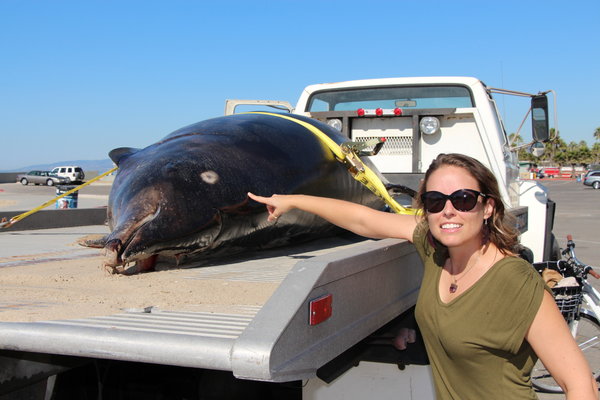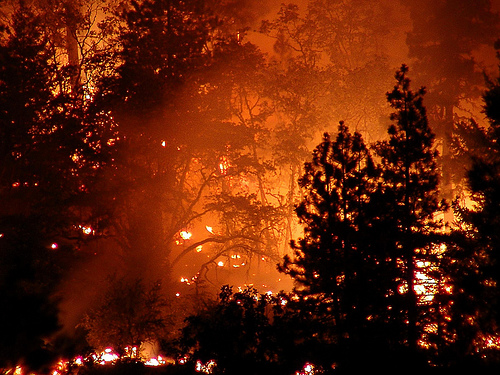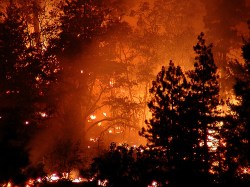The Rim Fire, one of the biggest blazes in California’s history, came to officials’ attention only after somebody noticed a column of smoke.
At a time when satellite technology is so powerful and pervasive that you can check your gutters for leaf litter using Google Earth, why are we still relying on human eyes to detect wildfires?
That’s what a team of researchers from California and Wisconsin would like to know. Writing in the journal Remote Sensing, they describe a satellite-based system they say could detect budding wildfires.
“The most serious conditions for California are the autumnal Santa Ana winds, which are persistent, clear, and very dry,” the researchers write in their paper. “Under these conditions our proposed satellite detection and warning system might soon pay for itself in savings of lives, property, and fire-fighting costs.”
The scientists think a satellite system keeping a watchful eye for fires erupting over the Western U.S. would cost a few hundred million dollars to deploy. That might sound like a lot, but compare that to the $1 billion to $2 billion the federal government spends [PDF] fighting fires every year.
With satellites trained to detect fires smaller than 150 square feet, the scientists say firefighters could reach and snuff out fires faster, helping to save lives and reduce property damage and firefighting expenses. From a University of California at Berkeley press release:
The idea of a fire detection satellite has been floated before, but until recently, detectors have been prohibitively expensive, and the difficulty of discriminating a small burning area from other bright hotspots, such as sunlight glinting off a mirror or windshield, made the likelihood of false alarms high. Today, computers are faster, detectors cheaper and more sensitive, and analysis software far more advanced, making false alarms much less likely, according to researchers.
“Simply put, we believe we have shown that this kind of rapid, sensitive fire detection of areas bigger than 10 feet on a side is probably feasible from space, and we have evidence that the false alarm rate will not be crazy,” said [physicist Carl] Pennypacker, who has designed sensitive satellite-borne detectors for 40 years. “Our work requires further testing, which we are eager to do.”
With climate change leaving landscapes from Nevada to Australia more parched and fire-prone than ever before, now would be a good time to invest in better monitoring systems.




